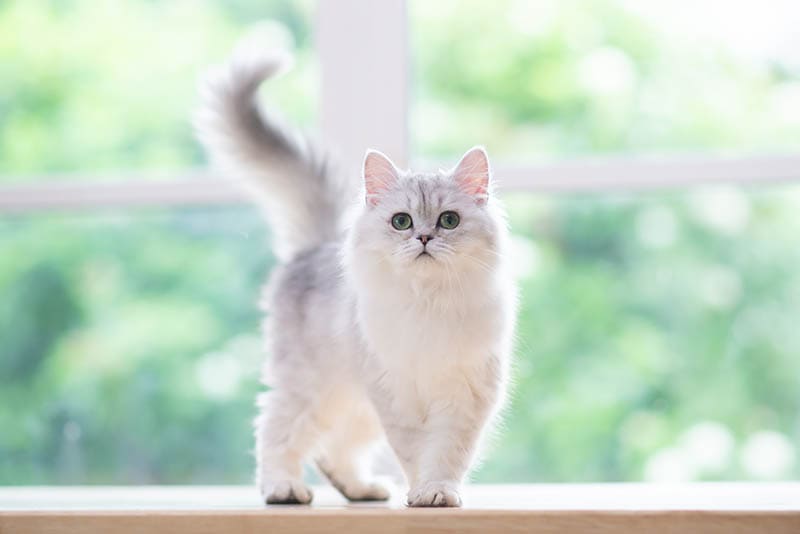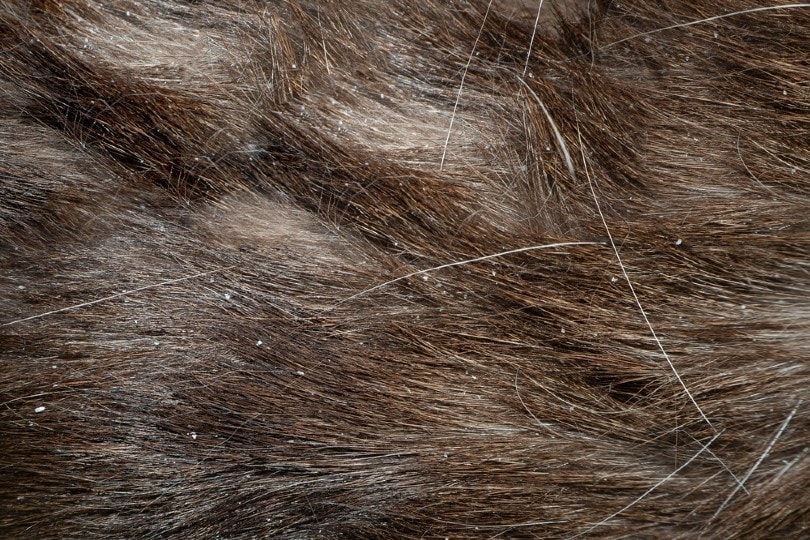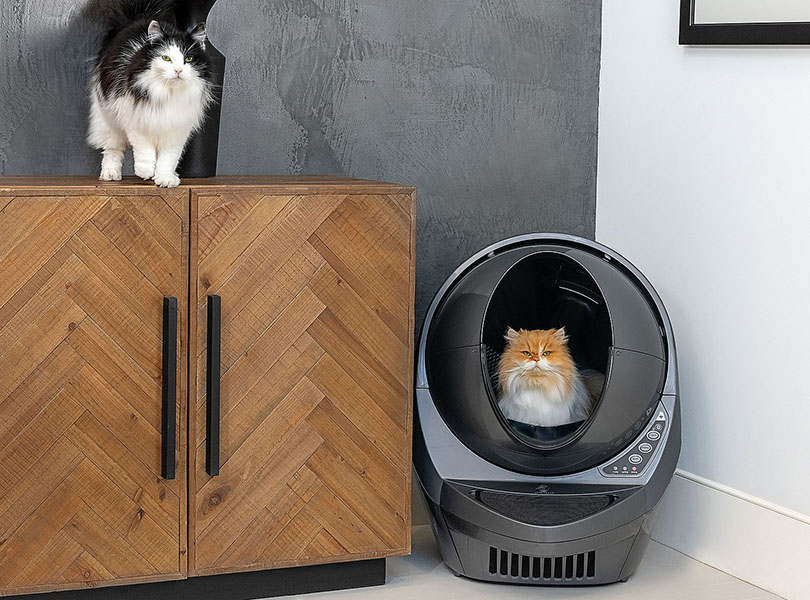What Causes Gingivitis in Cats? 9 Vet Reviewed Reasons
Updated on
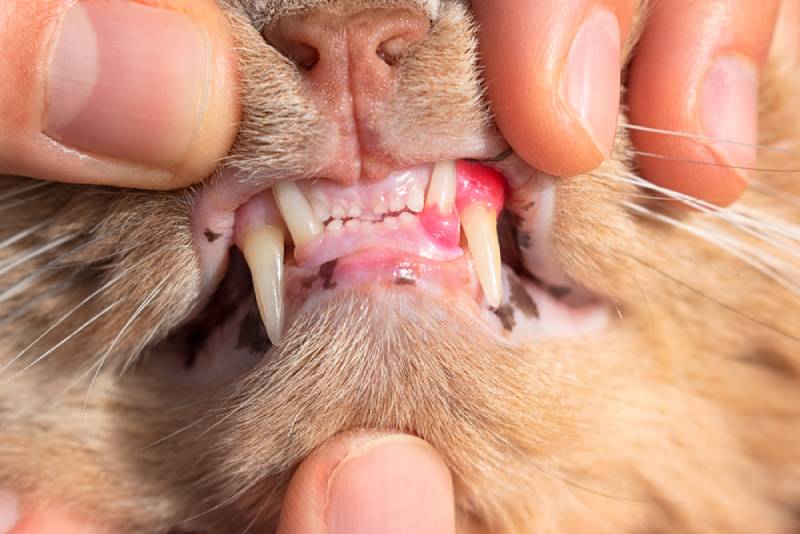
We all love our feline companions, which means we do everything possible to ensure they are happy, healthy, and well taken care of. While we all buy the best, high-quality, protein-filled food for our feline pals, take them to the vet regularly, and make sure they are groomed properly, sometimes pet parents forget about their cat’s teeth.
In fact, few cat parents realize that their cats can get gingivitis, just as humans can. There are a few causes for gingivitis in cats, such as lack of dental care. There are also a few symptoms to watch out for. We’ll go into those issues and more in the guide below.
What Causes Gingivitis in Cats?
1. Lack of Dental Care
One of the most common causes of gingivitis in cats is a lack of dental care. As previously stated, some pet parents don’t even realize that their cat’s teeth need to be taken care of. To reduce the chance of your pet developing gingivitis, brush their teeth as often as possible, ideally daily, using a feline-friendly toothpaste and brush. You should also visit your veterinarian at least once or twice a year, depending on your cat’s needs, to get your cat’s teeth professionally checked and cleaned if necessary.
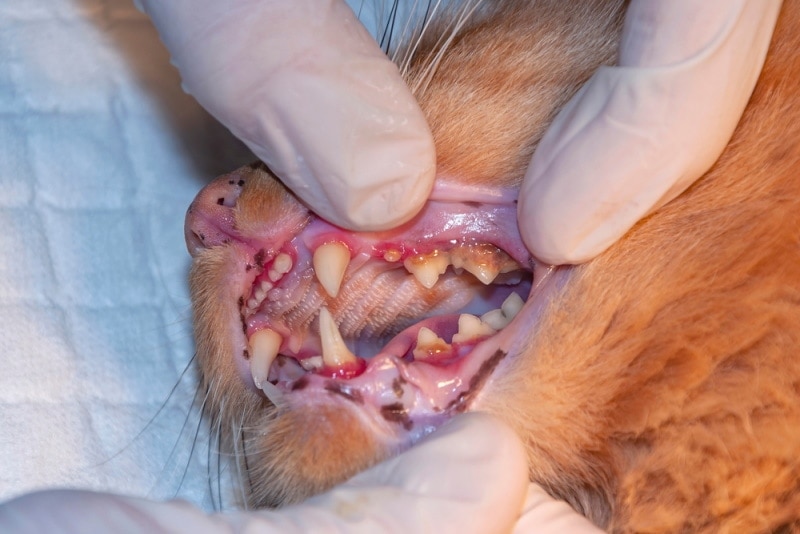
2. Fractured Teeth
Traumatic injuries such as fractured or injured teeth can cause gingivitis to form. Cats can break or damage their teeth when involved in car accidents, fighting, or chewing on hard objects. A fractured tooth can cause your cat severe pain and infection if the break goes down to the root and requires prompt veterinary treatment.
3. Juvenile Onset Gingivitis
Teething cats can also experience juvenile onset gingivitis. Although the exact cause is unknown, it typically occurs when kittens begin getting their permanent teeth. Juvenile onset gingivitis can cause inflammation and swelling of the gums.
4. Infectious Diseases
There are a few feline infectious diseases that can lead to gingivitis in cats. Feline calicivirus, feline leukemia virus, and feline immunodeficiency virus can cause gingivitis, among other problems. Cats with these diseases may require frequent veterinary appointments so that veterinarians can detect potential complications like gingivitis.
5. Malocclusions
Malocclusions are also known as misaligned teeth and can cause gingivitis and other issues for your feline pal. When the lower and upper jaws are different lengths, the cat has skeletal malocclusion, but if only a few teeth are out of place, it has dental malocclusion.
Malocclusion causes plaque and tartar buildup in between teeth but does not always require treatment such as extractions or surgery. If the malocclusion is minor and does not result in trauma, the veterinarian may decide that your cat only needs good home oral hygiene and frequent check-ups.
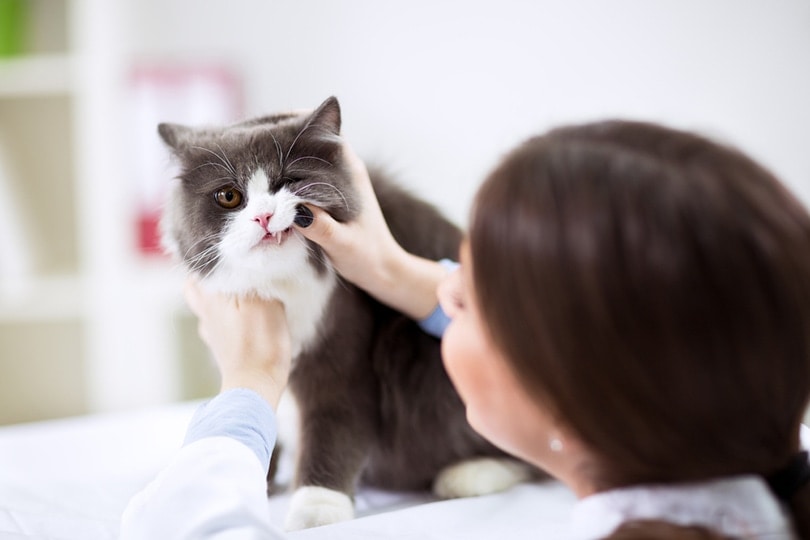
6. Gingival Hyperplasia
Gingival Hyperplasia is a condition that is less common in cats than dogs but can still happen to your feline. This is a type of gum overgrowth where the gingival tissue becomes enlarged and inflamed. Cats with gingival hyperplasia need to maintain good home oral hygiene and have regular professional teeth cleaning. In severe cases, surgery can be performed to remove the excess tissue.
7. Gingivostomatitis
Gingivostomatitis is a common condition that causes extreme pain to your feline pal. This is generalized inflammation of the tissues around the teeth and parts of the mouth that can become a chronic problem for your cat. One of the triggers of this condition is plaque formation. Your cat might be unable to eat because of the pain. The resulting inflammation can be bad enough to require a full dental extraction.
8. Tooth Resorption
One major problem associated with gingivitis in cats is tooth resorption. Tooth resorption is a painful condition in which the dentin (the hard material that lies under the enamel) erodes and eventually gets destroyed. These cavity-like lesions are predisposed to plaque and calculus formation, which can cause gingivitis to develop around the affected teeth. Tooth resorption can cause incredible pain, but most cats will hide the pain from their owners. Your veterinarian will perform X-rays to understand the extent of the damage and, in severe cases, the tooth will have to be removed.
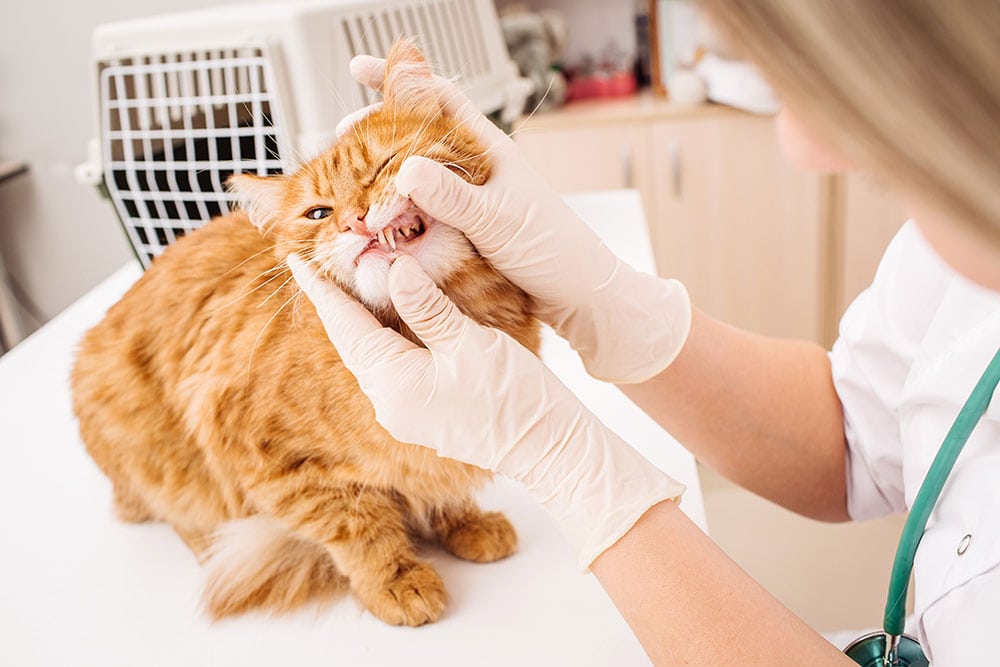
 What Is Gingivitis?
What Is Gingivitis?
Gingivitis is a swelling of the gums in your feline companion. This condition mostly happens in seniors but can easily strike younger cats. It occurs when plaque buildup reaches the gingiva at the tooth’s base and eventually migrates to the subgingival area. The feline’s immune system reacts to the bacteria by becoming inflamed.
What Are the Symptoms of Gingivitis in Cats?
Now that you know that your cat can suffer from gingivitis, you also need to know what the signs are. This will allow you to get your feline companion the help they need before the condition worsens.
- Red, swollen gums
- Drooling
- Bad breath
- Weight loss
- Difficulty eating
- Not eating at all
- Changes in behavior, such as being irritable and becoming more isolated due to being in pain
How to Treat Gingivitis in Cats
The treatment for gingivitis in cats involves daily oral hygiene to remove the plaque buildup around the cat’s teeth and professional cleaning to remove any dental calculus. The veterinarian might also have to extract any teeth that are causing issues for your feline friend. Your vet may also suggest the following:
- Dental radiographs
- Antibiotic therapy
- Anti-inflammatory medications and pain killers
- A gingivectomy, which is the removal of part of the gums
- Experimental treatments such as stem cell therapy
You can prevent gingivitis in your feline by regularly taking it in for regular checkups and brushing its teeth with a cat toothbrush and toothpaste.
 Final Thoughts
Final Thoughts
Your cat is a part of your family, so the last thing you want to hear is that the cat suffers from gingivitis. If you brush your cat’s teeth regularly and take them to the vet for checks and cleanings as necessary, you may not have to worry about it.
If you see any of the signs of gingivitis in your feline, make an appointment with your vet immediately so they can treat your pet before the condition becomes severe. Your cat will thank you for it.
Featured Image Credit: Yaya Photos, Shutterstock


 What Is Gingivitis?
What Is Gingivitis? 